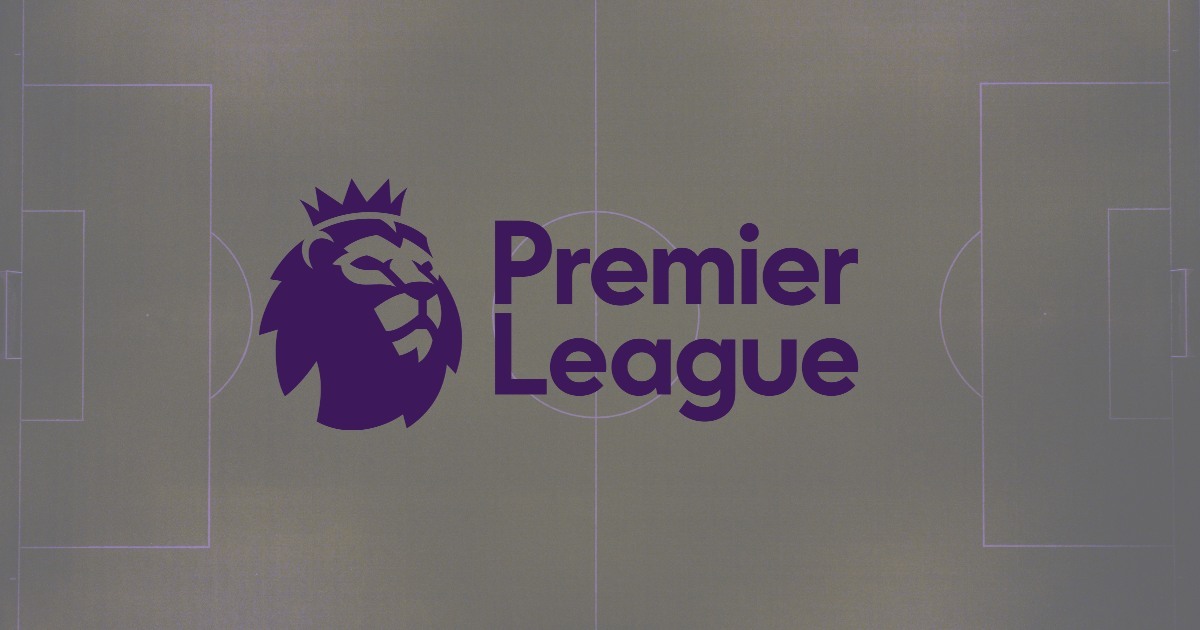Premier League club revenues fell for the first time during the last financial year, according to a new report from Deloitte’s Sports Business Group. This report has analyzed accounts for the 2019-20 financial year and reported a decline of 13 percent — from £5.2 billion the year before £4.5 billion — in revenues across the division.
A cumulative pre-tax loss of almost £1bn was also the largest in Premier League history and almost five times the previous season’s £200m figure as the true financial cost of the pandemic becomes clear. To a large extent, these losses and dip in revenue were due to the COVID-19 pandemic. The 2019-20 season was curtailed in March 2020 and did not resume until June.
While usually the seasons and financial years line up, some revenue deferred into the 2020-21 financial year. The remaining matches were also played behind closed doors, while the Premier League had to arrange a rebate with broadcasters. Matchday revenue fell by 13 percent, with a significant chunk of the 2019-20 season being played behind closed doors due to the pandemic.
Broadcast revenue also dropped by 24 percent. This report adds that there will be a boost from broadcast revenues deferred into the 2020-21 accounts. But this will be more than offset by the lack of fans. Dan Jones, partner and head of Sports Business Group at Deloitte, admitted that completion of the 2019/20 season was crucial. (h/t The Athletic)
“The decrease in revenue in the 2019-20 season is, unsurprisingly, down to the global economic and social disruption caused by the COVID-19 pandemic and will continue to have a heavy impact on the 2020-21 season’s financial results when available…….By completing the 2019-20 season in full, live football provided a great boost to the public and valuable content for broadcasters. Once fans can return in full, hopefully during the 2021/22 season, Premier League clubs have the potential to again return to record revenue levels.”
The renewal of the league’s broadcasting deals will be a big boost for all clubs. In the meantime, player wages jumped to occupy 72 percent of club revenue in 2019-20. That was a consequence of the fall in income, as wages increased just three percent in raw terms. In a certain perspective, the last year may have the management of Premier League teams to think more critically about their financial structures and approach the transfer market more cautiously.

